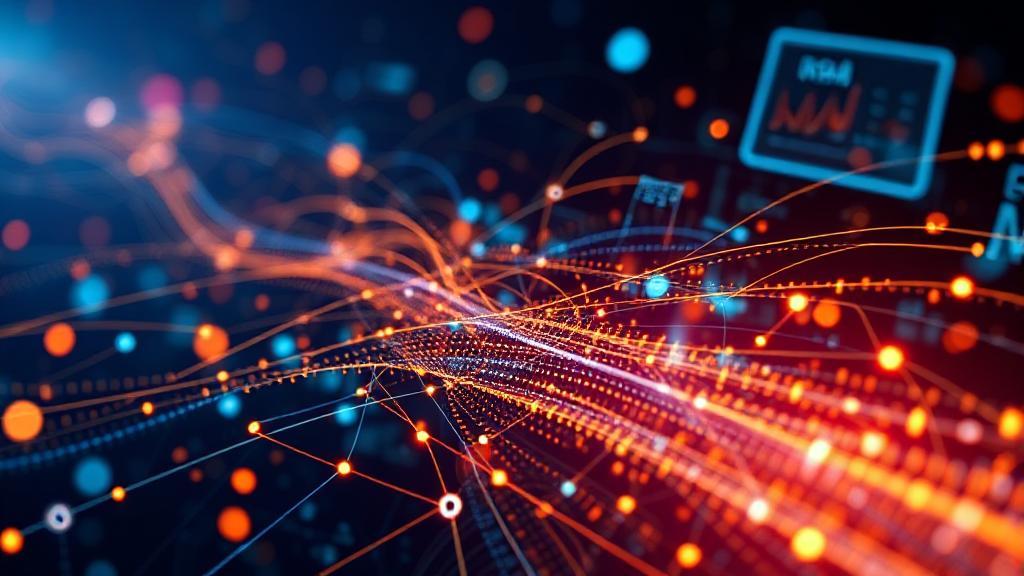What is Telemetry?
Telemetry is an automated technology that enables remote measurement and reporting of information. The term derives from Greek roots: "tele" (remote) and "metron" (measure). It involves collecting data at remote or inaccessible points and automatically transmitting it to receiving equipment for monitoring, analysis, and recording.
Key Components
- Sensors and measuring devices
- Data acquisition systems
- Transmission medium (wireless, satellite, etc.)
- Receiving stations
- Data processing systems
How Does Telemetry Work?
The process typically involves three main steps:
- Data Collection: Sensors collect data from the environment or equipment
- Data Transmission: The collected data is transmitted via wired or wireless communication channels
- Data Reception: The data is received and processed by a central system for analysis and storage
Applications of Telemetry
Healthcare
In healthcare, telemetry is crucial for monitoring patients' vital signs remotely. This technology allows healthcare providers to:
- Track vital signs continuously
- Monitor cardiac activity
- Detect early warning signs
- Reduce hospital readmissions
Space Exploration
NASA and other space agencies rely heavily on telemetry to monitor spacecraft health and collect scientific data. The Mars Rover missions represent one of the most impressive applications of telemetry, transmitting valuable data across millions of miles.
Automotive
Telemetry is widely used in the automotive industry, particularly in motorsports, where it helps teams monitor vehicle performance and driver behavior. The General Motors OnStar system uses telemetry to provide emergency services, such as crash response and roadside assistance.
Environmental Monitoring
Telemetry systems are employed to monitor environmental conditions such as weather, water quality, and air pollution. The National Weather Service uses telemetry to collect weather data from remote weather stations.
Benefits of Telemetry
Real-time Monitoring
- Quick decision-making
- Rapid response to emergencies
- Continuous system optimization
- Proactive maintenance
Cost Reduction
Organizations implementing telemetry systems often experience significant cost savings through:
- Reduced manual monitoring
- Prevention of equipment failures
- Optimized resource utilization
- Improved operational efficiency
Enhanced Safety
- Monitoring hazardous environments remotely
- Providing early warning systems
- Enabling predictive maintenance
- Reducing human exposure to dangerous conditions
Implementation Considerations
Data Security
| Security Aspect | Importance | Considerations |
|---|---|---|
| Encryption | Critical | Protect data during transmission |
| Authentication | High | Ensure authorized access only |
| Data Privacy | Essential | Comply with regulations |
| Network Security | Vital | Prevent unauthorized access |
Infrastructure and Scalability
- Increasing data volumes
- Additional sensors and devices
- New use cases
- Expanded geographic coverage
- Infrastructure costs, particularly in remote areas
Future Trends
The future of telemetry looks promising with emerging technologies such as:
Internet of Things (IoT)
The proliferation of IoT devices is driving increased adoption of telemetry across industries.
Edge Computing
Processing data closer to the source enables faster response times and reduced bandwidth requirements.
Artificial Intelligence
AI and machine learning are enhancing telemetry systems by:
- Improving data analysis
- Enabling predictive capabilities
- Automating response actions
- Optimizing system performance
As technology continues to advance, telemetry systems will become increasingly sophisticated and integral to various applications. Organizations that effectively implement telemetry solutions position themselves to benefit from improved efficiency, reduced costs, and enhanced decision-making capabilities.
